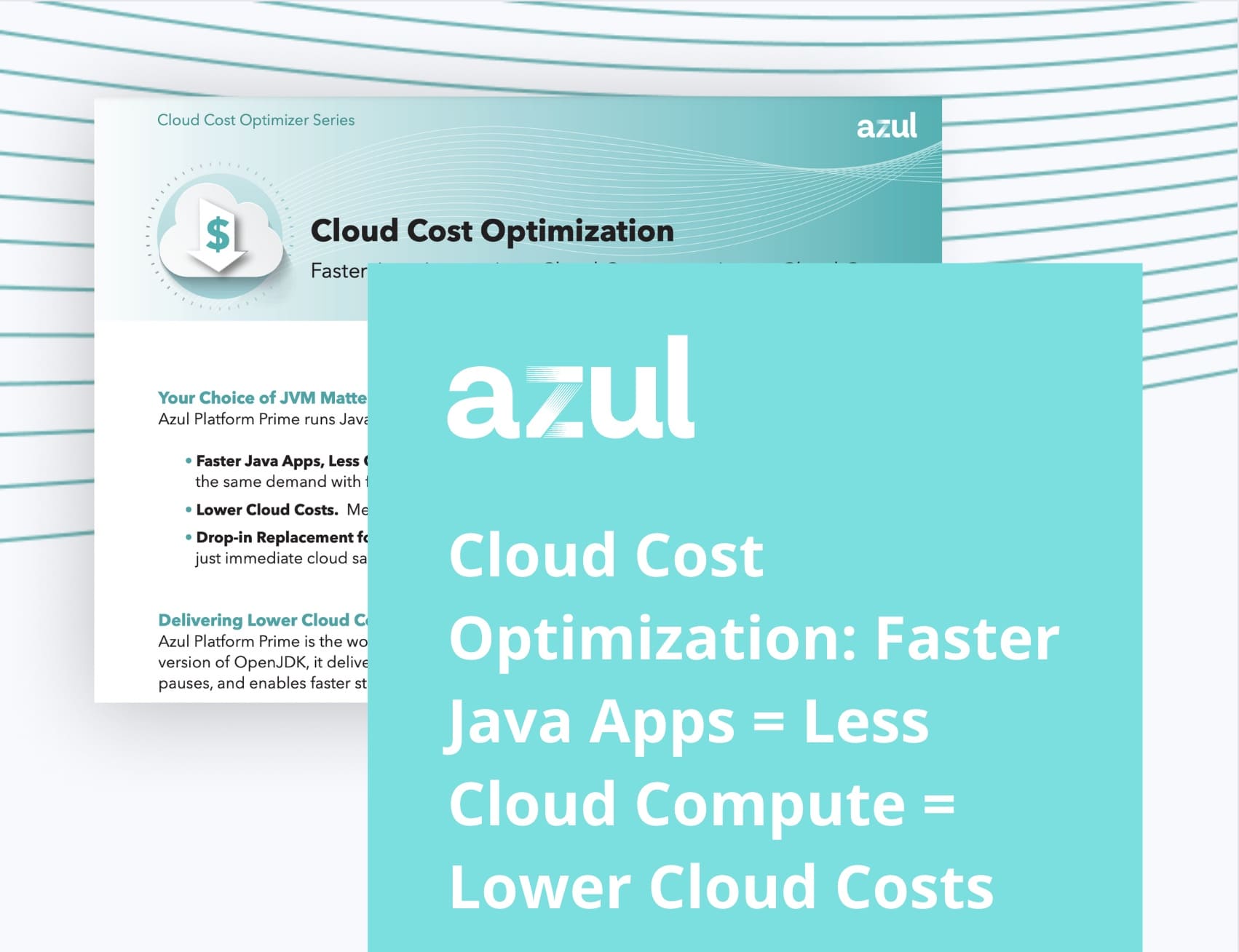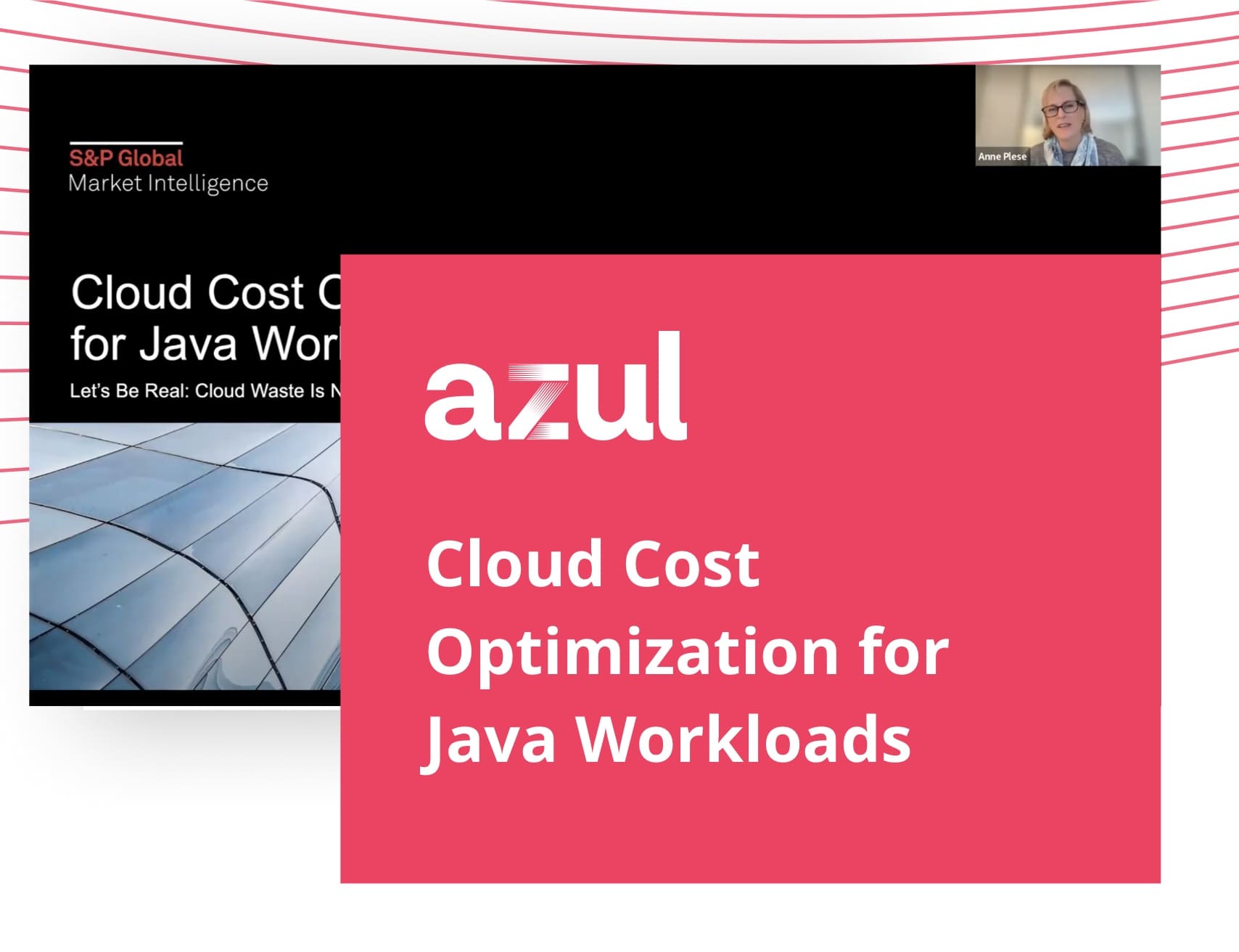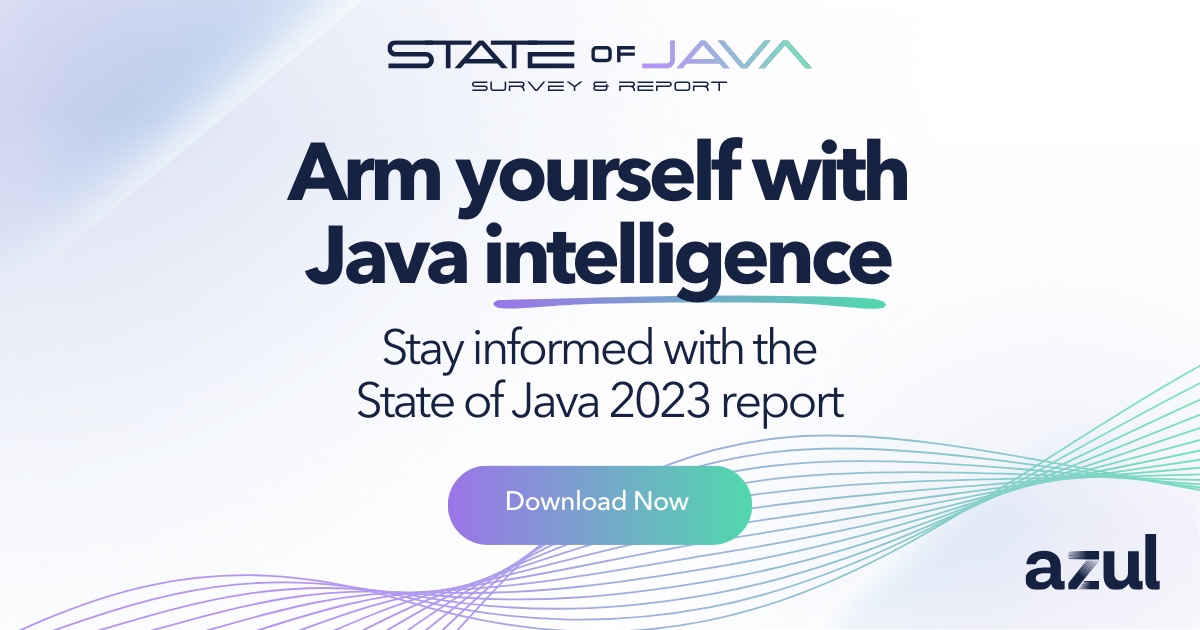What Is Public Cloud?
The public cloud is a type of cloud computing solution where more than one user shares the same cloud resources, such as storage, processing power, and web applications that are provided by a third party. The resources are available on a pay-as-you-go basis, allowing businesses to lease only the quantity of resources they need in a set period.
The provider of the public cloud is responsible for the maintenance of the infrastructure’s hardware and software. That way, public cloud customers can access all the services without needing an upfront investment or dedicated IT professionals to maintain the resources.
How Does a Public Cloud Work?
The public cloud infrastructure comprises hardware, software, and virtualization technologies that can be accessed over an internet connection. What makes it “public” is the sharing of the same servers and software instance by multiple clients, with partitioning that maintains the privacy and security of all parties.
When the resources are shared, this is called multi-tenancy. Using virtualization technology, the cloud provider can dynamically allocate the needed resources to each user by segmenting a single hardware or software resource to work and behave as multiple independent machines. This can be applied to a wide variety of tools and services, allowing the cloud service provider to better distribute their resources among their clients.
What Are the Benefits of the Public Cloud?
There are multiple benefits to opting for a public cloud solution when it comes to cloud adoption, such as:
- Scalability and flexibility: Businesses can easily increase or decrease their resources depending on their usage needs. This allows them to be highly adaptable to market changes while only paying for the resources they use.
- Cost-effectiveness: Public cloud offerings are the most affordable approach to cloud adoption. Not only is the pay-as-you-go model suitable for a fluctuating market, but sharing the same resources with other tenants allows the service provider to rent them out for cheaper. Using the public cloud eliminates capital expenditures from IT systems, making it a purely operating expenditure.
- Accessibility: Public cloud resources can be accessed from anywhere and using any device over the internet. This enables employees to work and collaborate remotely.
- Maintenance and updates: The service provider is fully responsible for the maintenance and updates of the environment’s software and hardware components. This includes security updates, software patches, as well as resource allocation and management.
- Rapid deployment: Public cloud solutions can be deployed instantly without businesses needing to set up and invest in their own IT infrastructure.
What Are the Challenges Associated with the Public Cloud?
Despite the many advantages and benefits, there are several challenges associated with the public cloud, including:
- Data security and privacy concerns: Although many cloud providers take the security and privacy of data seriously, multiple clients sharing the same hardware can be risky, especially for sensitive data.
- Unplanned downtime: Service outages and downtime are bound to occur, impacting the availability and accessibility of the public cloud’s resources. Organizations can face devastating consequences due to unplanned downtime.
- Vendor lock-in: It can be challenging to combine cloud services and solutions from multiple providers, leading to vendor-lock in and difficulty in migrating to other solutions in some instances.
- Limited customization: Designed to be easily used and accessible by a wide variety of users, public cloud services often have limited customization options.
- Regulatory and compliance challenges: Depending on their industry and the type of data they collect and process, organizations may be unable to store and process highly sensitive data, such as users’ personal or financial information.
What Does a Public Cloud Architecture Look Like?
The typical public cloud architecture consists of several components on multiple layers, ranging from computing and storage resources to security tools and access management and control tools. Instead of operating independently, they’re designed to work together seamlessly, allowing for a more stable and high-performance environment for both data access and applications.
The most important part is the virtualization layer. It’s an abstraction layer that flexibly splits up the same resource into behaving as its own independent environment, determining the difference between private cloud vs. public cloud.
What Is the Purpose of the Public Cloud?
The primary purpose of public cloud offerings is the ability to provide businesses and operations with an affordable alternative to in-house IT infrastructure. Additionally, it’s also more cost-effective for the service providers, allowing them to serve more organizations using a smaller pool of resources.
Similarly, the public cloud facilitates collaboration and data sharing among various teams and branches of an organization, allowing for a remote-friendly work environment and global communication. This is thanks to the ability to include a wide range of tools, services, and solutions, all in the same cloud environment.
What Use Cases Are Best Suited for the Public Cloud?
Public cloud services are one type of many cloud-based offerings. There are a number of scenarios where the public cloud is the best option for organizations expanding into the cloud, such as:
- Web-based and mobile applications: Public cloud platforms are the perfect infrastructure for developing, deploying, and managing web and mobile applications more cost-effectively, making them the ideal choice for startups and small businesses.
- Machine learning and big data analytics: Thanks to their scalability, public cloud solutions are excellent for processing large amounts of data or running complex artificial intelligence or machine learning algorithms.
- Data backup and disaster recovery: Public cloud environments can be transformed into an affordable back-end disaster recovery solution. They enable organizations to safeguard their business’s continuity in case of a disaster or system failure.
- Virtual workspaces: Public cloud enables organizations to create and manage virtual workspaces, promoting collaborations using tools and workflows that can be accessed from anywhere, resulting in improved productivity.
What Risks Are Involved With Using the Public Cloud?
When opting to share the same cloud resources and entrusting the security and privacy of data to a third party, there are several risks that organizations must be prepared to face, such as:
- Deployment misconfigurations: Faulty deployment due to human error or misconfigurations can result in exposed data and operations, increasing the risks of threats. Organizations must ensure the initial adoption process goes smoothly to set up a solid base going forward.
- Shared responsibility: Most public cloud environments operate under a shared responsibility model. This means that while they’re responsible for the hardware, software, and security of the environments, the customers are responsible for the individual security and privacy configurations of their applications and data storage.
- Legal and regulatory risks: Organizations that operate in highly regulated industries, such as healthcare, finance, and insurance, may face legal trouble when using a public cloud with shared services.
How Does Azul Help With Public Cloud Implementation?
Despite being one of the most common approaches to cloud adoption, organizations may still need some help and guidance to find the best public cloud environment for them. With Azul’s help, deployment can go as smoothly as possible.
With the second largest engineering team among Java providers, Azul is committed to supporting organizations in controlling their cloud spending and focusing on performance-driven applications. Experts will help answer any questions about Java downloads, free trials, and our numerous Azul products.
Azul Platform Prime
A truly superior Java platform that can cut your infrastructure costs in half.




